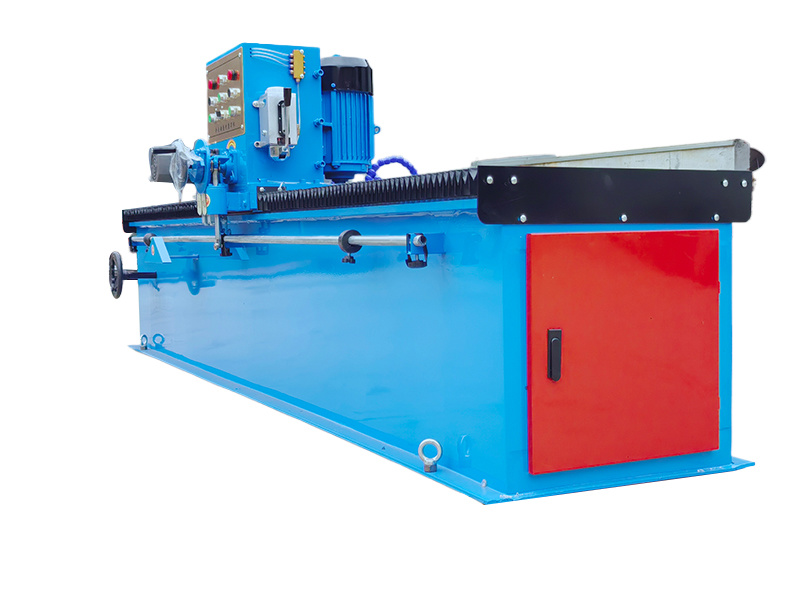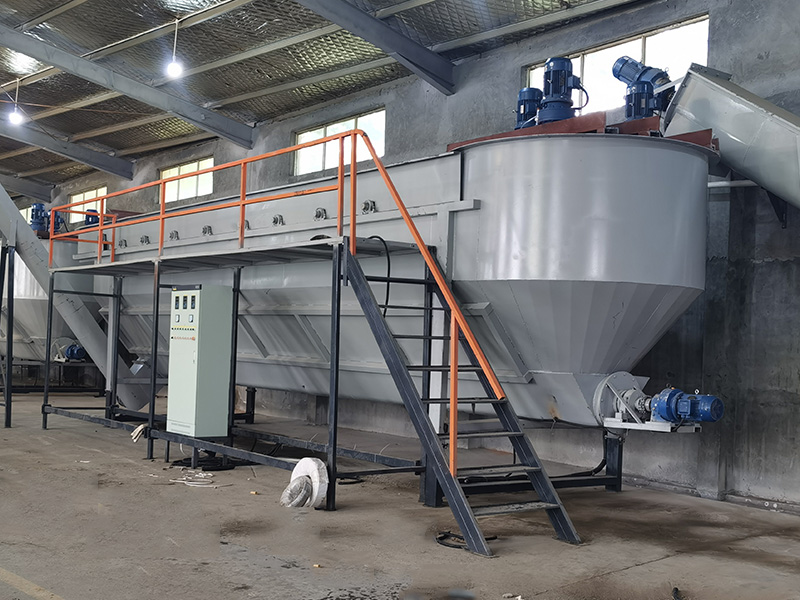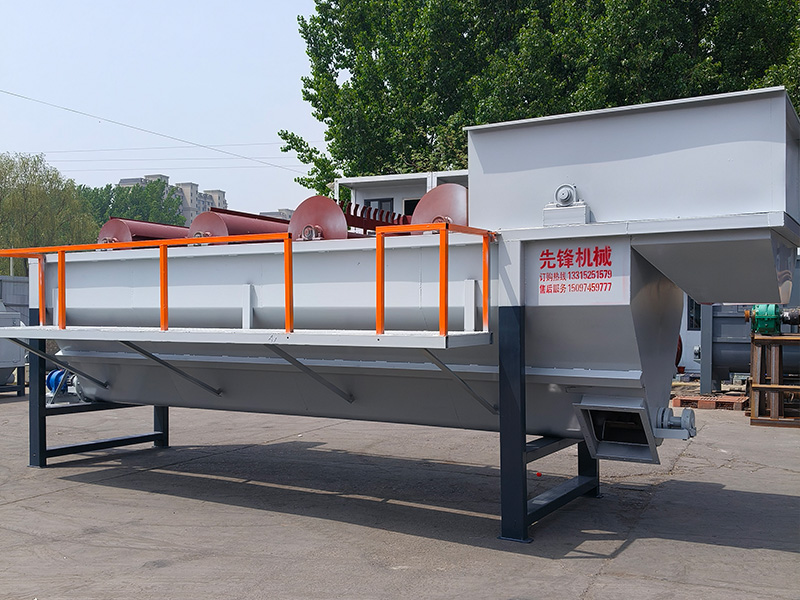Transform Your Waste: The Essential Role of Flotation Tanks in Plastic Recycling
Transform Your Waste: The Essential Role of Flotation Tanks in Plastic Recycling
Table of Contents
Introduction to Flotation Tanks and Plastic Waste
The Importance of Plastic Recycling in Today's World
Understanding Flotation Tanks: A Key Technology
How Flotation Tanks Work in Plastic Recycling
Benefits of Using Flotation Tanks for Plastic Recycling
Applications of Flotati
May 30,2025

Transform Your Waste: The Essential Role of Flotation Tanks in Plastic Recycling
Table of Contents
- Introduction to Flotation Tanks and Plastic Waste
- The Importance of Plastic Recycling in Today's World
- Understanding Flotation Tanks: A Key Technology
- How Flotation Tanks Work in Plastic Recycling
- Benefits of Using Flotation Tanks for Plastic Recycling
- Applications of Flotation Tanks in the Plastic Manufacturing Industry
- Challenges and Limitations of Flotation Tanks
- Future Trends in Plastic Recycling and Flotation Technology
- Conclusion
- Frequently Asked Questions (FAQs)
Introduction to Flotation Tanks and Plastic Waste
Plastic waste is one of the most pressing environmental challenges of our time. With billions of pounds of plastic produced annually, the need for efficient recycling methods is more crucial than ever. **Flotation tanks** have emerged as a game-changing technology in the plastic recycling process, enabling the separation of valuable materials from waste. Understanding how flotation tanks operate and their role in recycling can pave the way for a more sustainable future.
The Importance of Plastic Recycling in Today's World
Plastic recycling is essential for reducing environmental impact and conserving natural resources. Plastics can take hundreds of years to decompose, contributing to pollution in landfills and oceans. By recycling plastic, we can:
- **Reduce landfill waste**: Recycling plastic decreases the amount of waste sent to landfills.
- **Conserve resources**: Recycling conserves petroleum and natural gas used in plastic production.
- **Lower greenhouse gas emissions**: Recycled plastics use less energy compared to producing new plastics, thus reducing carbon footprints.
As the global demand for sustainable practices increases, understanding the mechanisms behind plastic recycling, particularly through flotation tanks, becomes vital.
Understanding Flotation Tanks: A Key Technology
Flotation tanks are specialized vessels designed to facilitate the separation of materials based on their density. This process is particularly effective for recycling plastics, which often come in various forms and compositions. **Flotation separation** utilizes the principles of buoyancy to isolate valuable materials from unwanted waste.
**Components of Flotation Tanks**:
- **Inlet and Outlet**: For the entry of waste materials and exit of separated products.
- **Aeration System**: Introduces air bubbles into the tank, creating a frothy environment.
- **Agitator**: Ensures uniform distribution and mixing of materials within the tank.
How Flotation Tanks Work in Plastic Recycling
The operation of flotation tanks involves several stages to ensure effective separation of plastics from contaminants. Here’s a closer look at the process:
1. Pre-Treatment of Plastic Waste
Before entering the flotation tank, plastic waste undergoes pre-treatment. This can include shredding, washing, and drying. The goal is to remove larger contaminants and prepare the plastic for efficient processing.
2. Introduction into the Flotation Tank
Once pre-treated, the plastic waste is introduced into the flotation tank along with water and specific chemicals that enhance separation. The **aeration system** generates fine bubbles, which adhere to the plastic particles.
3. Separation Process
As the bubbles attach to the plastic particles, they rise to the surface, forming a froth layer. Heavier materials, such as metals or dirt, sink to the bottom. The froth containing the plastic can then be skimmed off, while the impurities remain submerged.
4. Collection and Final Processing
The collected froth is further processed to refine the plastic material. This may involve additional washing, drying, and granulation to prepare it for reuse in new products.
Benefits of Using Flotation Tanks for Plastic Recycling
Flotation tanks offer numerous advantages for the recycling of plastic materials:
1. High Efficiency in Separation
The flotation process is highly efficient in separating various types of plastics, including those that may be challenging to sort mechanically.
2. Versatility
Flotation tanks can handle a wide range of plastic materials, making them suitable for different recycling facilities and processes.
3. Environmentally Friendly
By effectively recycling plastics, flotation tanks contribute to reducing plastic pollution and lowering the environmental footprint associated with new plastic production.
4. Cost-Effective
While the initial investment in flotation technology may be significant, the long-term savings from reduced waste disposal costs and the ability to recover valuable plastics make it an economically viable option.
Applications of Flotation Tanks in the Plastic Manufacturing Industry
Flotation tanks find applications in various sectors of the plastic manufacturing industry, including:
1. Recycling Facilities
Dedicated recycling facilities employ flotation tanks to streamline their operations and enhance the quality of recycled products.
2. Manufacturing Plants
Manufacturers utilize flotation tanks to reclaim off-spec or defective products, minimizing waste and maximizing resource efficiency.
3. E-Waste Processing
Flotation technology is also implemented in the recycling of electronic waste, where plastics need to be separated from metals and other materials.
Challenges and Limitations of Flotation Tanks
While flotation tanks offer many benefits, they are not without challenges:
1. Operational Complexity
The operation of flotation tanks can be complex, requiring skilled personnel to monitor and adjust parameters for optimal performance.
2. Initial Investment Costs
The initial setup costs for flotation tanks can be substantial, which may deter some facilities from adopting this technology.
3. Limited to Specific Materials
Flotation is less effective for certain types of plastics or when mixed with materials of similar densities. This limits its applicability in some recycling scenarios.
Future Trends in Plastic Recycling and Flotation Technology
The future of plastic recycling is closely tied to advancements in flotation technology. Key trends to watch include:
1. Integration with AI and Automation
The introduction of artificial intelligence and automated systems can enhance the efficiency of flotation tanks, optimizing processes and reducing human error.
2. Development of Eco-Friendly Chemicals
Research into biodegradable and environmentally safe chemicals for flotation processes can mitigate the environmental impact of plastic recycling.
3. Increased Focus on Circular Economy Principles
As the world shifts towards a circular economy, the role of flotation tanks in recycling will become even more critical, promoting sustainable production and consumption practices.
Conclusion
Flotation tanks are indispensable in the realm of plastic recycling, enabling the efficient separation of valuable materials from waste. As the plastic pollution crisis worsens, leveraging advanced technologies like flotation can significantly contribute to a more sustainable future. By understanding and implementing flotation technology, industries can transform waste into a resource, helping to pave the way for environmentally conscious practices in the plastic manufacturing sector.
Frequently Asked Questions (FAQs)
1. What are flotation tanks used for in plastic recycling?
Flotation tanks are used to separate valuable plastic materials from contaminants through a process that utilizes buoyancy and aeration.
2. How effective are flotation tanks in recycling?
Flotation tanks are highly effective, especially for separating various types of plastics, providing a cost-efficient solution for recycling facilities.
3. Can flotation tanks recycle all types of plastics?
While flotation tanks can handle many types of plastics, their effectiveness may vary depending on the density and composition of the materials involved.
4. What are the environmental benefits of using flotation tanks?
Flotation tanks help reduce plastic pollution, conserve resources, and lower greenhouse gas emissions compared to traditional plastic production methods.
5. What challenges do flotation tanks face?
Challenges include operational complexity, initial investment costs, and limited effectiveness with certain materials, making it essential for facilities to weigh the pros and cons before implementation.
TAG:
Contact Us
E-mail :
Phone/WhatsApp:
Address:
Shunping, Baoding City, Hebei Province









